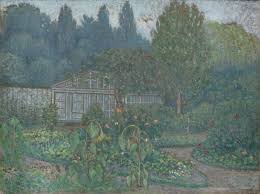
1867 - 1935
William Degouve de Nuncques
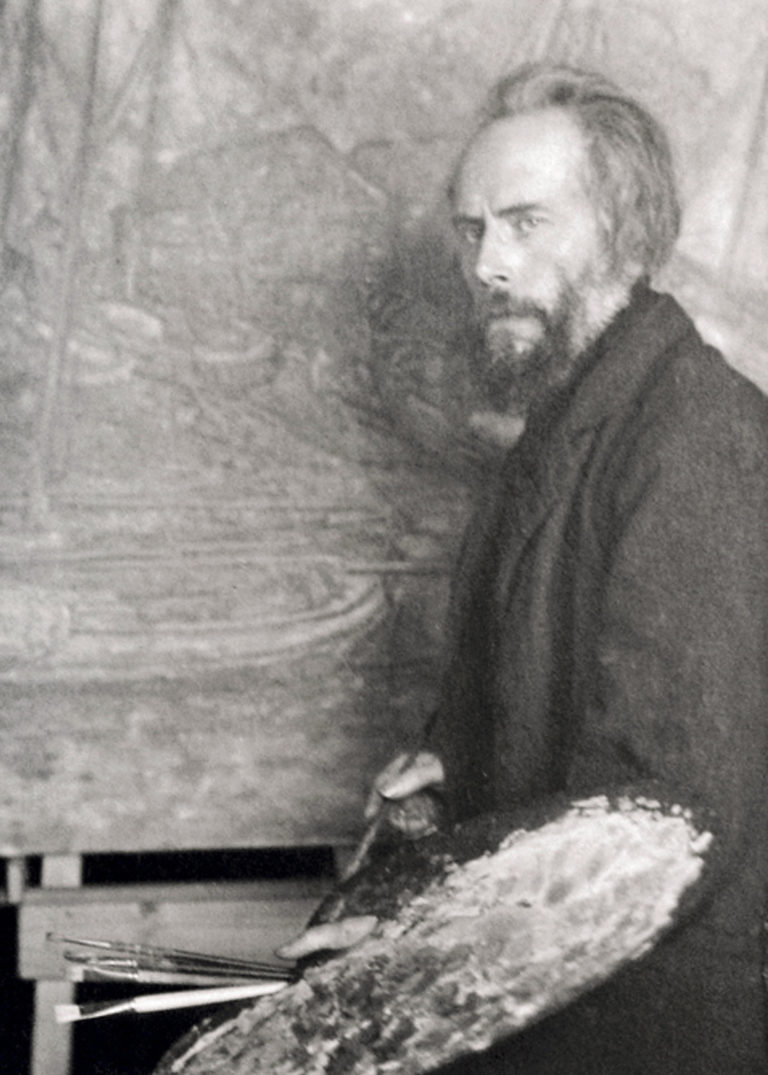
description
A Belgian artist of French origin, a master of landscape and Symbolist.
He was born into the family of French aristocrats. Since childhood, he was fond of music and painting, but did not receive any professional art education. In 1870, the artist’s family moved to Belgium.
Degouve de Nuncques was a member of the Belgian avant-garde group “Les XX” (“Twenty”) and closely communicated with Symbolist poets. His work was appreciated by his contemporaries; he was admired by such famous personalities as Puvis de Chavannes, Auguste Rodin and Maurice Denis; his landscapes inspired poets and writers, including Maurice Meterlink. Having experienced a deep spiritual crisis, de Nuncques turned to landscape painting, which made him popular with the general public and had a strong influence on the development of modernist movements in painting.
Key ideas:
– Degouve de Nuncques is best known for his landscapes, which are distinguished by their poetry and special atmosphere. He loved to travel and depicted night parks, canals and lakes of Italy, France and Austria.
– The artist often turns to mystical symbols and exciting night visions, using extraordinary light effects in dark landscapes. He created his own concept of Symbolism, combining allegorical images with the appeal to the human subconsciousness. Non-standard interpretation of space, the almost complete absence of people and certain static nature of the paintings create the impression of unreality, sort of immersing in a dream or a fairy tale.
– The paintings of de Nuncques are distinguished by their individuality. They cause a vague feeling of anxiety, make fantasy work and awaken interest in the other world.
– The artist preferred to work with pastels, since soft and tractable material is best suited for painting twilight and fantastic landscapes. Among the author’s works, there are many oil paintings.
– In the last period of his creative career, he concentrated on the depiction of winter nature. The snow-covered landscapes of Degouve de Nuncques attract by their freshness; the artist uses a lighter color gamma, filling the painting with calmness and peacefulness. In such works as “Barges in the Snow” (1911) and “Winter Forest” (1912), the honed skill of the landscape painter and his bright personality are noticeable.
1867
1883
1888
1890
1893
1894
1900 - 1902
1910
1919
1930
1935
The birth of the artist
Began to paint

Became a friend of Belgian artist Henry de Groux

For the first time showed his work at an exhibition in Brussels.
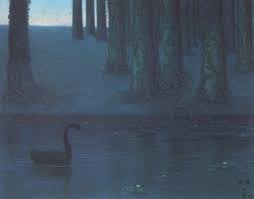
Participated in the exhibition of the Belgian avant-garde group "XX"
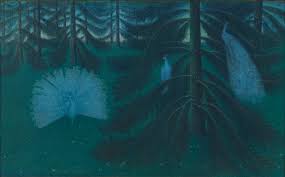
He married to Juliette Massin
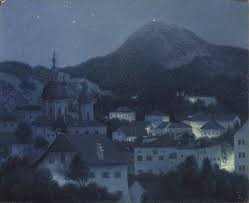
He traveled a lot
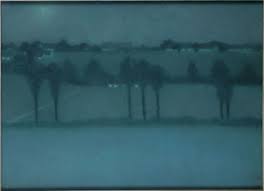
Suffered a severe spiritual and religious crisis

The artist's wife died

He settled in Stavelot
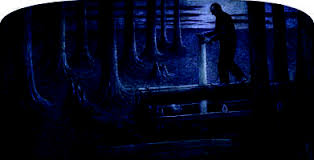
The death
